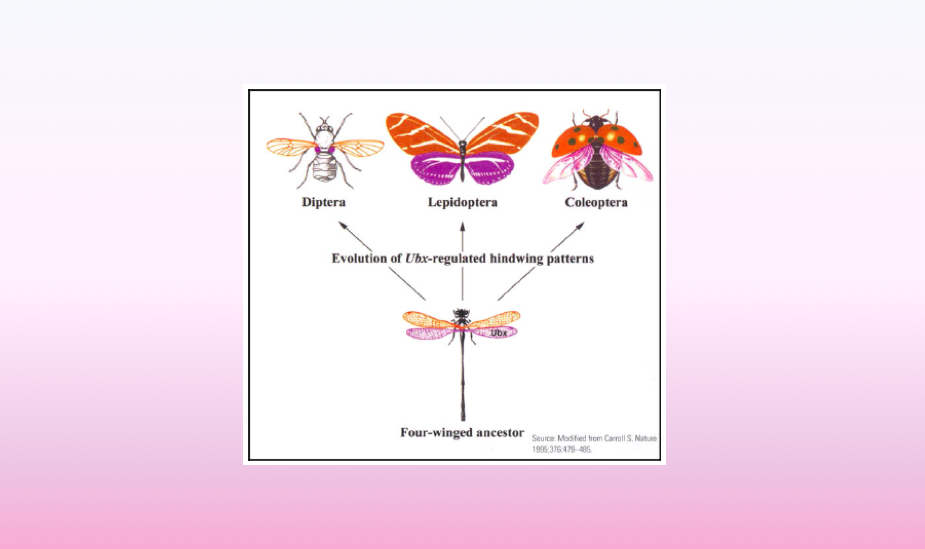
Introduction: When you look around in your everyday life it is possible to find a vast array of different kinds of animals, from ants to humans to squirrels and everything in between! All the more incredible is the fact that this is just a small subset of the entire variety of animals – there are many more animals no longer alive and many living animals that you can’t even see by just looking around. Despite this impressive diversity we are all related to one another by a shared genetic code. There has been long-standing curiosity about the origins of animal diversity and more recently about how changes to the genetic code may lead to changes in animal form. However, to begin to understand these types of questions we first need to examine another, equally incredible process: how a single fertilized egg transforms into a whole organism. This process is what we term “developmental biology” and at its core again is the genetic code. The genetic code contains information needed to build an organism and during development that genetic information is translated into physical form. But if the cells of an organism all contain basically identical genetic information how is this used to make the many different cells of the body and to direct the assembly of those cells into a functional unit such as ourselves? Once we begin to understand this process of building individual organisms we can then ask how changes in developmental mechanisms lead to differences we see between organisms. In this upper-level biology course we therefore explore some of the basic principles of developmental biology and how they relate to questions of evolution and animal diversity.
Goals:
• In the first half of this course we will review the basic mechanisms and principles of developmental biology with a specific emphasis on the use of “model systems” in modern research.
• Throughout the course we will continue to develop skills of critical thinking in evaluating the techniques and experiments that provide the basis for our knowledge in this field.
• In the second half of the course we will become familiar with some principles of evolutionary biology as they relate to developmental biology.
• The second half of the course will also involve reading and assessing primary literature for specific example case studies.
Goals:
• In the first half of this course we will review the basic mechanisms and principles of developmental biology with a specific emphasis on the use of “model systems” in modern research.
• Throughout the course we will continue to develop skills of critical thinking in evaluating the techniques and experiments that provide the basis for our knowledge in this field.
• In the second half of the course we will become familiar with some principles of evolutionary biology as they relate to developmental biology.
• The second half of the course will also involve reading and assessing primary literature for specific example case studies.
- მასწავლებელი: Rachel Hoang